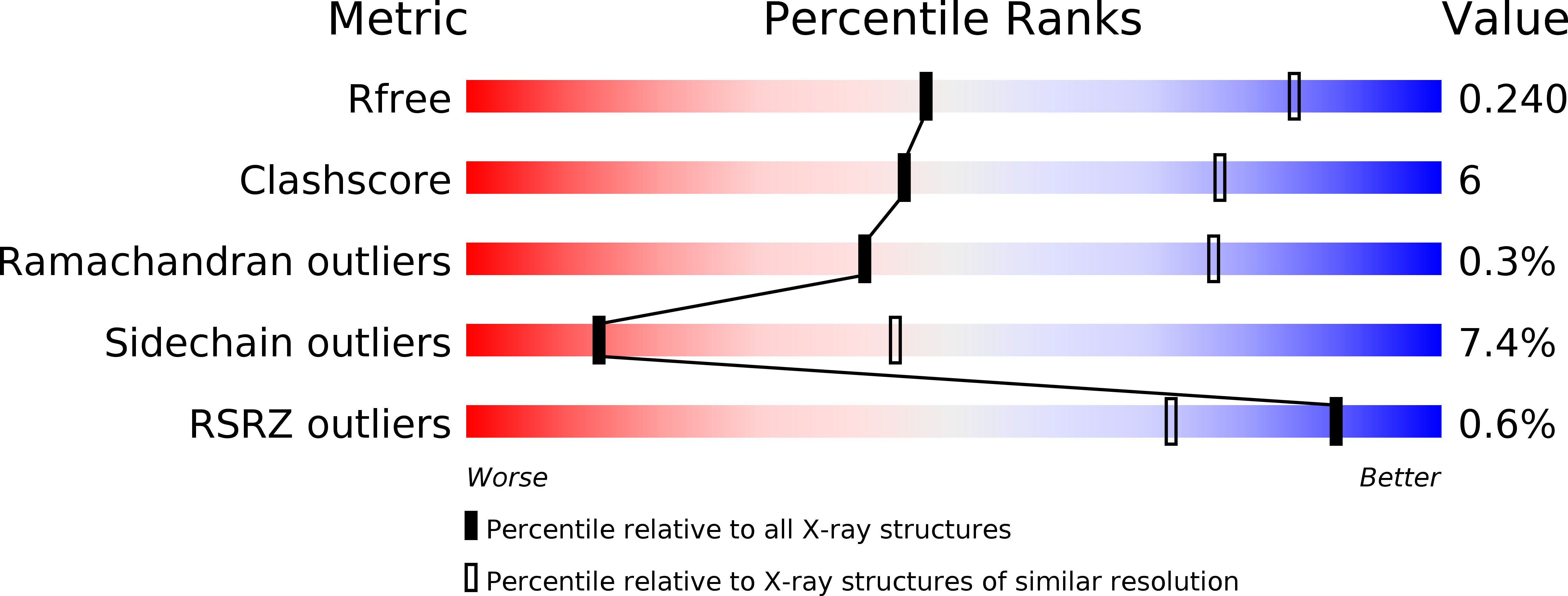
Deposition Date
2018-12-11
Release Date
2020-01-15
Last Version Date
2024-01-24
Entry Detail
Biological Source:
Source Organism:
Dissostichus mawsoni (Taxon ID: 36200)
Host Organism:
Method Details:
Experimental Method:
Resolution:
3.00 Å
R-Value Free:
0.24
R-Value Work:
0.18
R-Value Observed:
0.19
Space Group:
P 21 21 21


